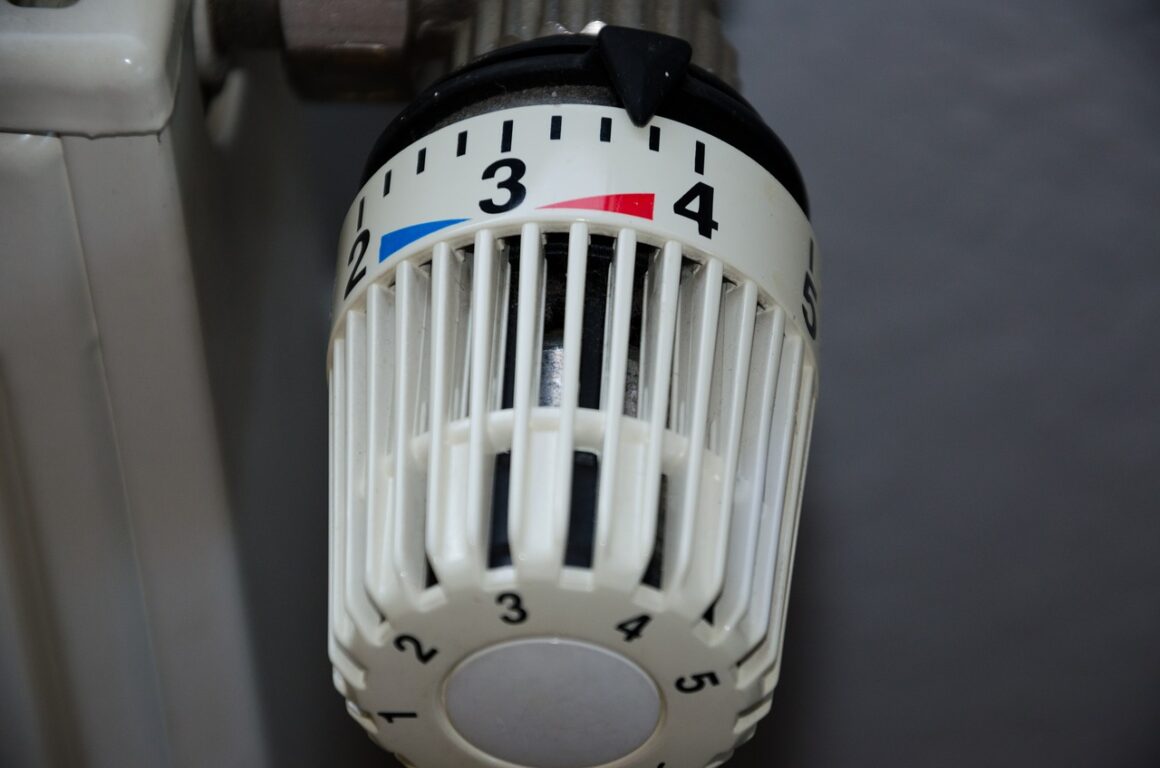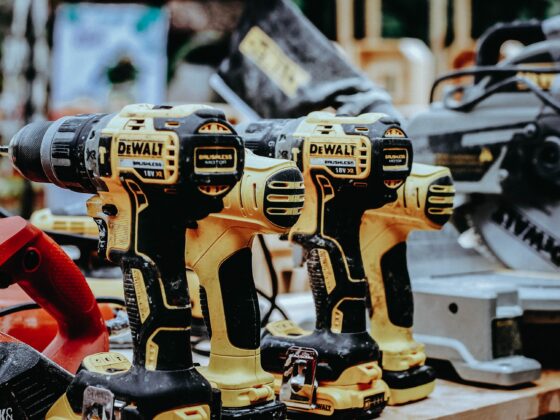As the temperature drops and the chilly winds start to blow, the last thing you want is for your heating system to let you down. Regular cleaning and maintenance are crucial to ensure that your heating system keeps you warm and cosy all winter long. In this guide, we’ll walk you through some simple steps to help you clean and maintain your heating system like a pro.

1. Change your filters
One of the most important steps in maintaining your heating system is to change your filters regularly. Filters are responsible for trapping dust, dirt, and other particles that can affect the air quality and efficiency of your system. Depending on the type and usage of your system, you may need to change your filters every month, every three months, or every year. Check your owner’s manual or manufacturer’s guidance for the recommended frequency and type of filters for your system. To change your filters, follow these simple steps:
- Turn off your system and locate the filter compartment. It may be in the furnace, the air handler, or the return air duct.
- Remove the old filter and dispose of it properly. You may need to unscrew or unclip the filter cover to access the filter.
- Insert the new filter in the same direction and position as the old one. Make sure it fits snugly and securely in the compartment.
- Replace the filter cover and turn on your system. Check the airflow and temperature to ensure everything is working properly.
Changing your filters regularly will help you keep your heating system running smoothly and efficiently, as well as improve the indoor air quality and comfort of your home.
2. Clean the vents and ducts
Over time, dust, pet hair, and other debris can accumulate in your vents and ducts, hindering the airflow and reducing the effectiveness of your heating system. Take a moment to inspect and clean your vents and ducts using a vacuum cleaner or a damp cloth. This simple step can greatly improve your system’s performance and prevent any potential issues down the line.
Depending on the type and usage of your system, you may need to clean your vents and ducts every year or every few years. Check your owner’s manual or manufacturer’s guidance for the recommended frequency and method of cleaning your vents and ducts. To clean your vents and ducts yourself, follow these simple steps:
- Turn off your HVAC system and locate your vents and ducts. You may need a screwdriver to remove the vent covers or grilles from the walls, floors, or ceilings.
- Use a damp microfiber cloth to wipe down the vent covers or grilles. To remove excess dirt, scrub them with a soft-bristled brush and warm, soapy water. Let them air dry completely before reinstalling them.
- Use a vacuum cleaner with the crevice tool to remove any visible dirt or debris in the vents and ducts. You may need to extend the hose with a dryer vent brush or a coat hanger to reach deeper into the ducts.
- If you notice any signs of mold, mildew, or pests in the vents and ducts, you may need to use a disinfectant spray or a natural solution of vinegar and water to sanitize them. You may also need to contact a professional HVAC service to inspect and treat the problem.
- Replace the vent covers or grilles and turn on your HVAC system. Check the airflow and temperature to ensure everything is working properly.
Cleaning your vents and ducts regularly will help you keep your heating system running smoothly and efficiently, as well as improve the indoor air quality and comfort of your home.
3. Keep the area around your heating system clean
It’s not just the internal components of your heating system that need attention. The area around your system should also be kept clean and clutter-free. Make sure there are no obstructions, such as furniture or storage items, blocking the airflow. Keep the area free from dust and debris to prevent them from entering your system and causing damage.
4. Schedule regular professional maintenance
While there are many tasks you can do yourself, it’s always a good idea to have a professional inspect and maintain your heating system at least once a year. A qualified technician can identify any potential problems, perform necessary repairs, and ensure that your system is running at its best. Think of it as an annual check-up for your heating system.
5. Check for leaks and cracks
Inspect your heating system for any signs of leaks or cracks. These can lead to energy wastage and inefficient heating. Pay close attention to the pipes, connections, and valves. If you notice any leaks or cracks, it’s best to call a professional to fix them promptly.
6. Don’t forget about the thermostat
Your thermostat plays a crucial role in maintaining the temperature and efficiency of your heating system. Make sure it’s calibrated correctly and consider upgrading to a programmable thermostat if you haven’t already. This will allow you to set different temperatures for different times of the day, optimizing energy usage and keeping you comfortable.
7. Keep an eye on your energy consumption
Monitoring your energy consumption can give you valuable insights into the performance of your heating system. If you notice a sudden spike in your energy bills, it could be a sign that something is amiss. Addressing any issues promptly can save you money in the long run and ensure that your heating system is operating efficiently.
Conclusion
Regular cleaning and maintenance are essential for a well-functioning heating system. By following these simple steps, you can keep your system running smoothly, improve energy efficiency, and enjoy a cozy and warm home all winter long. Remember, a little maintenance goes a long way when it comes to keeping the heat on!
Frequently Asked Questions
Regular maintenance of your heating system ensures optimal performance, energy efficiency, and can prevent costly repairs. It also helps in creating a more comfortable and healthier living environment by maintaining even heat distribution.
It’s recommended to perform regular cleaning, inspection, and calibration of your radiant heating system to keep it running efficiently. While there are no filters to replace or ducts to clean, the components should be checked to ensure they are functioning properly.
Yes, there are several DIY maintenance tasks you can perform, such as cleaning burners, ensuring vents are unblocked, and replacing air filters. However, for more complex tasks or if you’re unsure, it’s best to call in a professional.
Key components that require attention include the heat source (like an electric boiler or furnace), piping or panels, thermostat, circulating pump, and manifold. These components should be inspected regularly for any signs of wear or damage.
If your heating system is underperforming, first check for common issues like blocked vents or a dirty burner. If these are not the cause, it may be time to consult a professional to diagnose and fix any potential problems.











